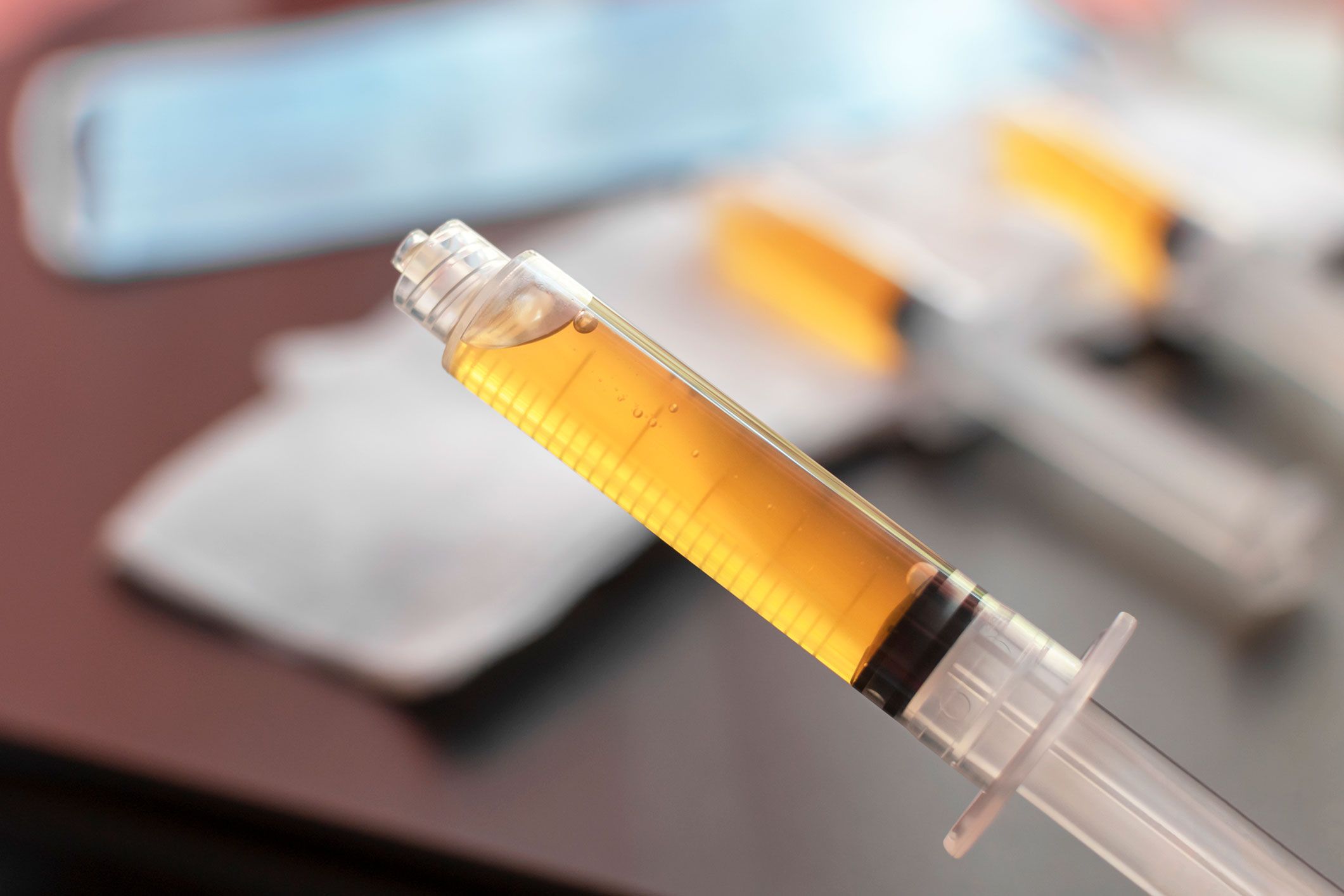PRP Therapy for Foot and Ankle Conditions

A slow-healing foot or ankle condition can lead to a long and sometimes painful recovery process. One way to help speed up this process is by using platelet-rich plasma (PRP) therapy.
The foot and ankle have an important role in our anatomy. Together, they provide support for our body weight, balance, and shock absorption. They are even useful substitutes for hand function in individuals with upper extremity amputations or paralysis. However, they are subjected to many different forces. Because of the many ligaments and tendons that surround this area, an injury can be very slow to heal as ligaments and tendons don’t receive a lot of blood from the body.
PRP therapy is a type of regenerative medicine that can help speed recovery time for injuries while alleviating pain.
What is Platelet-Rich Plasma Therapy and How Does It Work?
PRP therapy uses a patient’s own blood to facilitate healing. Our blood is made up of three main components: red blood cells, white blood cells, and platelets. Platelets contain proteins called growth factors. Growth factors play an integral part in healing tissue including connective tissue, tendons, muscles, ligaments, and soft tissue. Platelet-rich plasma is plasma that contains 5 to 10 times the typical number of platelets, in turn, increasing the concentration of growth factors.
PRP is prepared by drawing a small sample of blood from a patient. Using a centrifuge, the blood is then separated into plasma, platelets (and white blood cells), and red blood cells. The platelets are then concentrated and mixed with some of the plasma, creating platelet-rich plasma. This is then injected into the site of the injury.
After the injection, your body’s immune system sends in special white blood cells, called macrophages, to take away the damaged cells and prep the site for healing. Stem cells, along with other cells, begin to multiply, eventually repairing and rebuilding the injured tissues.
The main goals of PRP therapy include:
- Utilizing the body’s natural ability to heal itself
- Improving the body’s function
- Alleviating pain
Common Foot and Ankle Conditions Treated by PRP Therapy
There are many ways that your foot or ankle can become injured, leading to reduced functionality while undergoing recovery. Tendons, ligaments, and other soft tissue can become overworked, sprained, strained, or damaged from severe impacts. Soft tissues are cells that connect, support, and move other surrounding tissues of the body. There are many types of soft tissue, including fat, muscle, tendons, fibrous tissues, blood and lymph vessels, and nerves. Research has shown that PRP is effective in treating soft tissue injuries.
Below are some of the most common foot and ankle conditions, all of which may be treated with PRP therapy.
Tendon Tears
Microtears in the tendons of your feet or ankles can cause damage and inflammation, leading to pain and function issues. This often occurs in the peroneal or Achilles tendon. Peroneal tendonitis is characterized by painful tendons on the outer side of your ankle while Achilles tendon pain presents in your Achilles tendon, the largest tendon in the body. These injuries are usually the result of overuse or a sudden increase of repetitive activity or strain.
Plantar Fasciitis
Plantar fasciitis occurs when the fascia, a thick band of tissue on the bottom of the foot, begins to break down. This causes inflammation and can lead to severe, stabbing pain, particularly in the heel of the foot. This is typically caused by repetitive strain or pressure to the fascia, damaging the ligament.
Ankle Sprains
Ankle sprains are relatively common and can occur when the ankle rolls or twists. There are three main ligaments around the ankle and overstretching them leads to a sprain. This results in pain, swelling, tenderness, and instability.
Is PRP Therapy Safe?
Because PRP therapy is using a patient’s own blood, it is considered a safe procedure. In most cases, patients experience no adverse reactions to the injections. The procedure is very quick and you can go home immediately following the injection.
Talk to Our Specialists to See if PRP Therapy Is the Right Treatment for You
PRP therapy can also be used to treat conditions in other areas of the body such as chronic back pain, whiplash, chronic knee pain, hip arthritis, knee arthritis, and shoulder pain. If you have experienced an injury or suffer from chronic pain and are looking for an alternative to surgery or surgery has failed to provide relief, PRP therapy might be right for you.
The specialists at MidAmerica Orthopaedics are well versed in joint pain management and offer a variety of surgical and non-surgical treatment options in addition to PRP therapy. If you need additional guidance on managing joint pain, we can help. Give us a call to discuss your available care options or to make an appointment with one of our orthopaedic specialists at (708) 237-7200.

